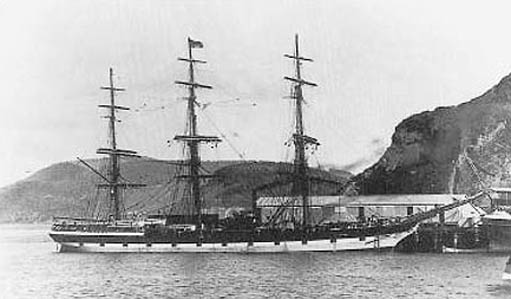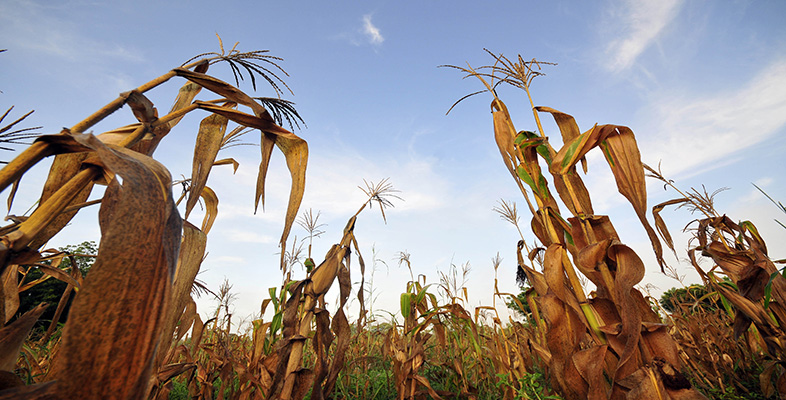5 Case study 3: Some early uses of refrigeration
5.1 Food preservation and the development of refrigeration
Most societies have had traditional methods of preserving food: drying, baking, pickling, salting, smoking, the use of sugar, and in cold climates, freezing or chilling, with the use of ice houses in the summer. These techniques were usually carried out at a local level, which meant that most perishable food was consumed near to where it was produced, and any food processing was usually small-scale and localised. Cattle and livestock, for example, were moved 'on the hoof' from their pastures to abattoirs, even in the largest cities. Two major industrial preservation techniques were developed in the nineteenth century in response to a demand for longer term preservation and longer distance transport of food. The first, canning, was developed initially for transport of food in early nineteenth-century France, to meet the demand of Napoleon's revolutionary armies. The technique arose from a competition – an early example of Government-sponsored innovation! Until then armies had to live largely from the land they moved through, but the technology was soon adopted by other nations and their navies (Chant, 1989, pp. 253–256; and Heldman & Hartel, 1997, p. 3).
The second technique, refrigeration, was originally used in the 1870s, by industrial food processors who were looking for a means of storing perishable goods. An early example was the creation of refrigerated storage space for the newly industrialised abattoirs of Chicago in the USA. The technology was then quickly adapted to transporting carcasses across the continent by rail, and also across the Atlantic to Europe by steamship. With the advent of railways and steamships, the way was open for the transport of frozen produce to Europe from as far afield as the southern hemisphere. The techniques of refrigeration were soon applied to the processing and transport of perishable food from South America, Southern Africa, Australia and New Zealand. The first shipment of frozen meat was mutton from Argentina to France in 1877, followed soon after by 40 tonnes of beef shipped from Australia to England in 1880. In New Zealand the Tomoana meat preserving works was established on South Island in 1881 and twenty thousand sheep were processed in the works in the first year, with the freezing of meat started in 1884. The first refrigerated cargo sailed from South Island in February 1882 with 4500 mutton and 450 lamb carcasses bound for Britain. The new industry took a while to develop, and hadn't perfected its techniques – frozen meat was inferior to fresh (until Clarence Birdseye, of popular fame, inspired by the quality of naturally frozen meat on a wartime visit to Labrador, developed a quick-freeze technique which eliminated the damage from the formation of large ice crystals and led, eventually, to today's frozen and chilled ready-prepared meals) – but was in full swing by the 1890s.

